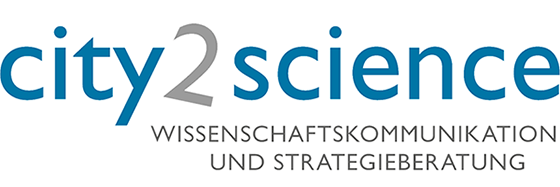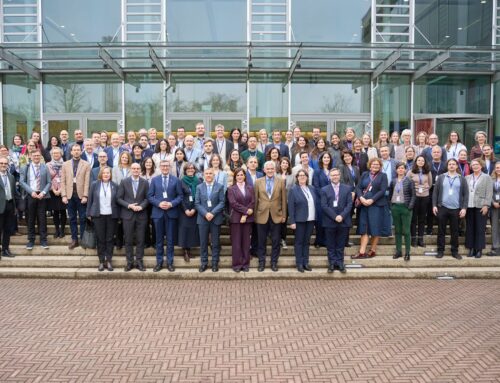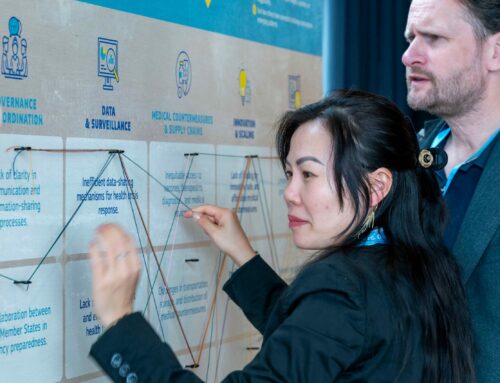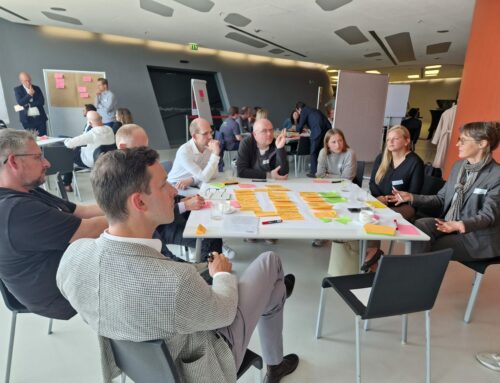Another year of global crises and complex issues at the interface of science and society lies behind us. The Ukraine war in the middle of Europe shaped the year 2022, and the consequences of the ongoing pandemic were also noticeable, presenting academic institutions, communities, but also the city2science team itself with ever new challenges. Nevertheless, this crisis year was also full of beautiful moments, successful projects and exciting collaborations!
At the beginning of 2022, the Corona pandemic still had us firmly in its grip, but as the year progressed, the situation increasingly eased and many personal meetings and conferences were possible again for the first time in more than two years. We were able to exchange ideas with many old contacts and meet new ones, and we look back on a successful year 2022, in which we were busy with these tasks and projects:
January to February
In January, we were in the middle of supporting a major European Universities Initiative grant application – “COLOURS” – involving several universities in Europe. This was submitted in March – and we coordinated another application to develop a European EU.SCICOM Centre with European science communication partners, which was completed in April.
Since January, we have also been a consortium member of the new Erasmus+ project – SciCultureD. This project offers young scientists, but also artists, creative people, teachers, people from the education sector or the start-up scene a 5-day programme with innovative methods.
February
After we had already been involved in the development of innovative formats for the House of Knowledge in Bochum in 2021, we were commissioned by the city of Bochum to accompany the strategic realignment of the UniverCity network from February 2022 on: We first developed a strategy paper and have since accompanied the reorientation in terms of content and organisation.
March
From March until November 2022, we have been supporting the Protestant parish of Herford Herringhausen in a participatory process involving an exchange of expectations and ideas about the role of the church in the neighbourhood.
April
As part of the Erasmus+ project “Virtual Hackathon” we produced a video outlining the background and method of the hackathon format that has been part of our work ever since we conducted the first makerthon OWL Open.Public.Places.
May
As part of the City of Paderborn’s application for the European Heritage Label, we facilitated a first maker workshop with European young people as part of the Europe Week Paderborn. The youngsters developed initial ideas for a participatory project to accompany the application, which formed the basis for a virtual Makerthon held in October.
June
After two years of virtual meetings, June began with a whole series of face-to-face workshops, conferences and meetings, and thus we were also able to celebrate the 10th anniversary of city2science together with colleagues, partners and friends in a cosy atmosphere.
As part of the Erasmus project SciCultureD, the first 5-day workshop took place in June, for which we invited young scientists to Greece to work with various actors using methods such as design thinking, gamestorming or role-playing on current social questions such as: How do ultra-modernisation and urban development affect society and the education system? What projects already exist in the education sector that have a positive impact on the local community as well as the green transformation and what approaches could there be in the future?
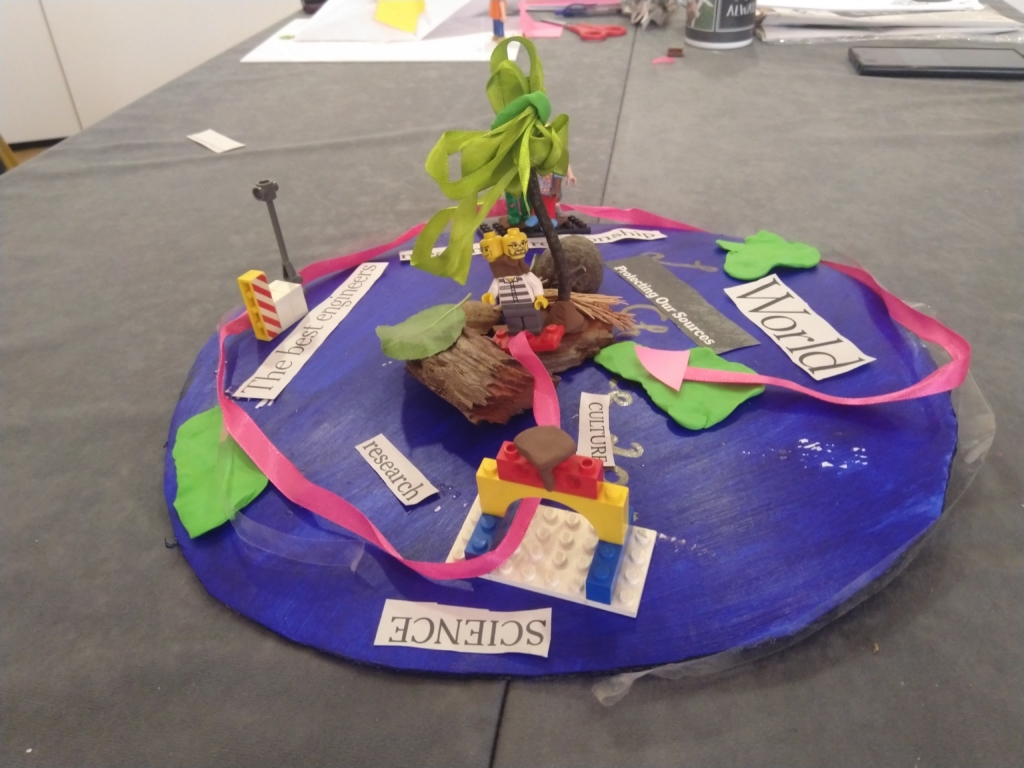
SciCultureD Athen- Maker session
In June, we also had the pleasure to accompany the University of Siegen with a productive stakeholder workshop to develop themes, activities and collaborations between university and city for the construction of a new House of Science.
July to August
After two postponements, we were finally able to meet our European community of science communicators again in early July at the EUSEA conference on Co-Creating the Future in Cork, Ireland, where we discussed current trends and challenges.
We used the summer months to completely relaunch our website together with Thomas Fiedler from StudioZukunft. The result is impressive: www.city2science.de!
At the end of August, during the Summer School of the German National Academic Foundation, we had the opportunity to develop creative strategies in the field of science communication in workshops and to discuss the benefits and challenges of public engagement.
September
September was also full of workshops and trainings for young scientists, generally on the topic of science communication, but also with a focus on stakeholder engagement or storytelling.
The Virtual Hackathon project also held a consortium meeting in September, in which we participated virtually and discussed materials to be developed and next steps together.
October
In October, we had more virtual and on-site trainings and participated in the Forum Wissenschaftskommunikation in Hannover. We also organised and facilitated a Makerthon as part of the city of Paderborn’s application for the European Heritage Label to develop ideas for a project to accompany the application together with young people from all over Europe.
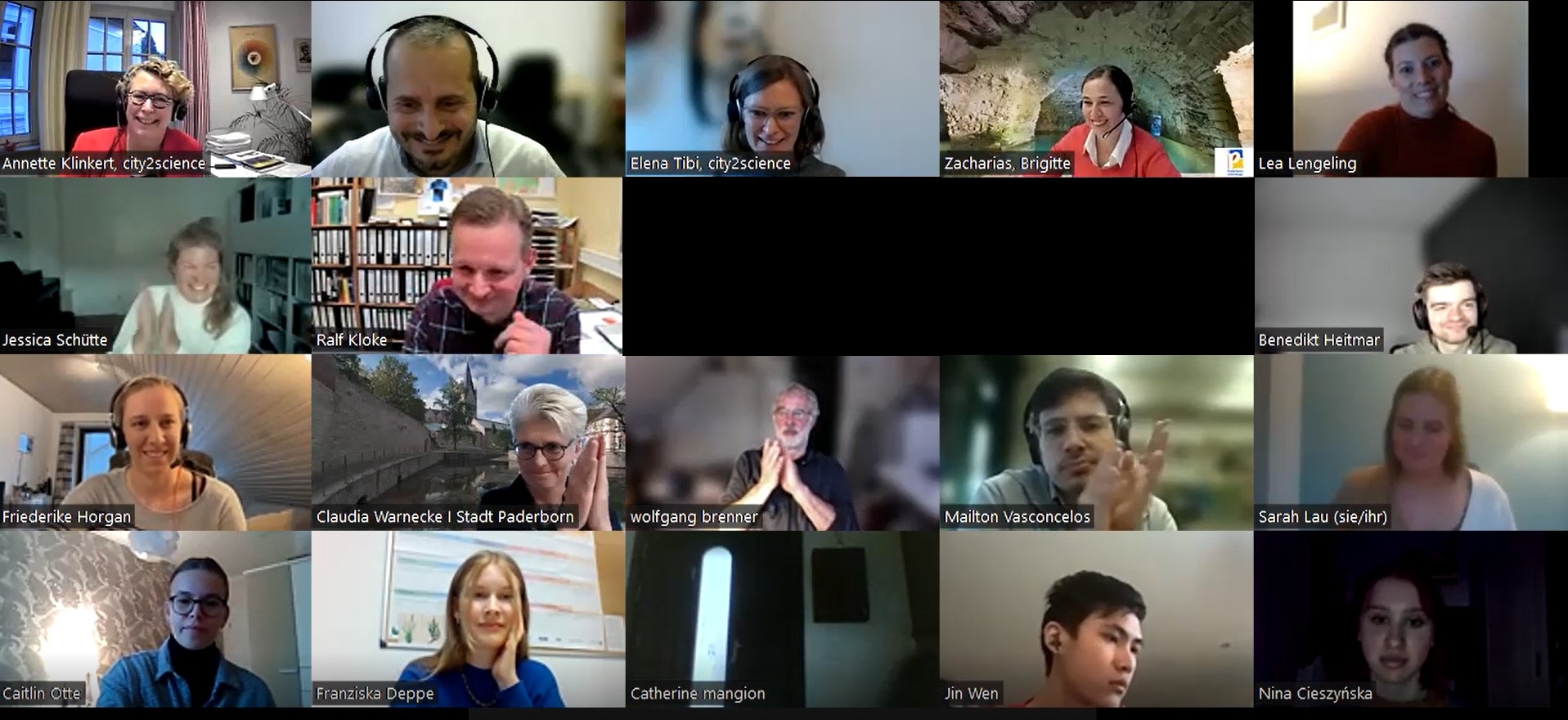
Developing a master plan for the city of Wolfsburg is a new two-year project that started in September and which kept us busy in October.
November to December
In November we took part in the launch event of the first German PE Code (Public Engagement Code) to whose development process we contributed strongly.
During these months we were intensively involved in project work for the Wolfsburg Masterplan and the new funding application for the European University Initiative COLOURS.
We would like to take this opportunity to thank everyone with whom we had the pleasure of working this year, wish you a happy holiday season and look forward to planning and implementing projects together with you in the coming year!
More news
